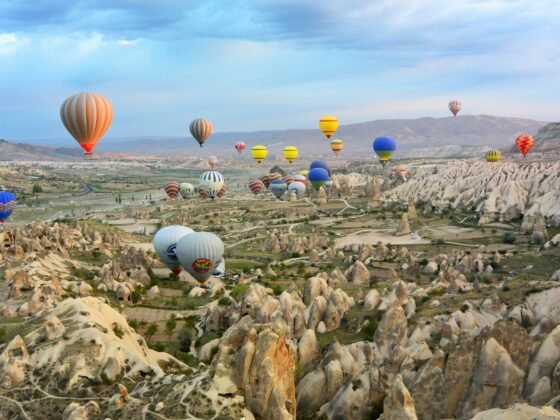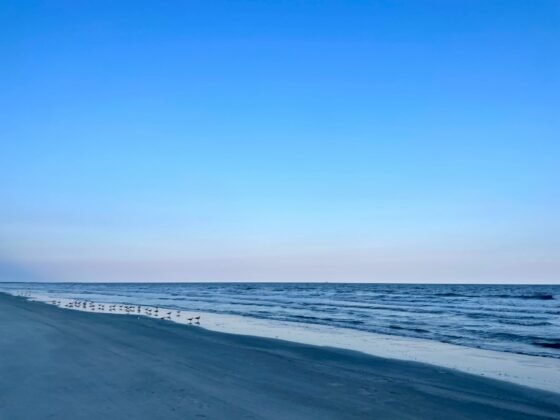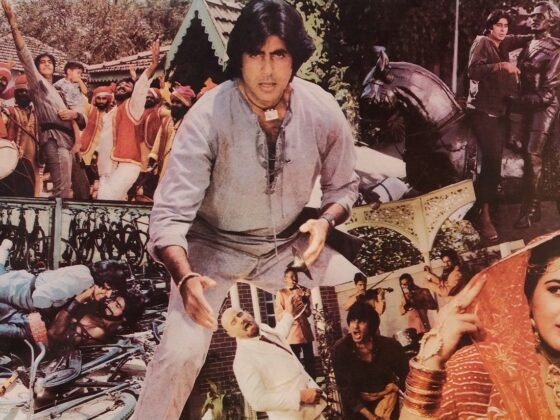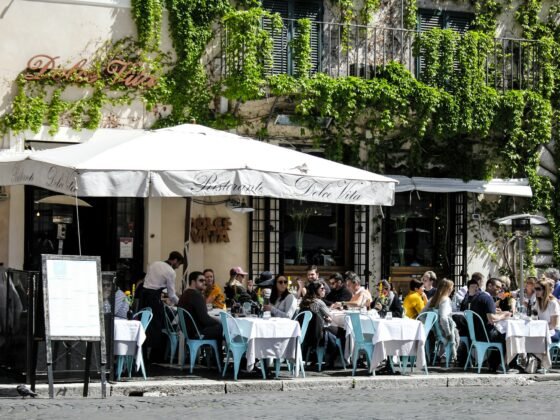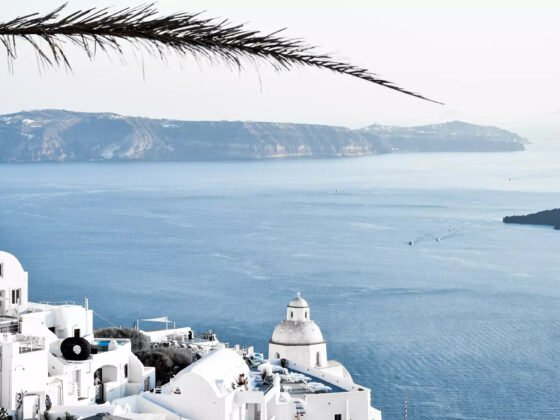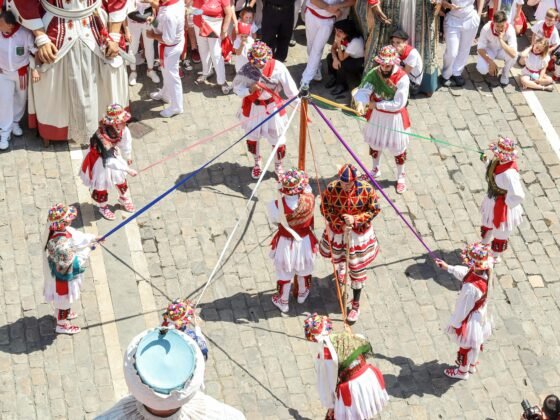By the time the conquistadors arrived in Peru to conquer the Inca Empire civil war had depleted the reserves of the Inca’s army. Pizzaro took the Inca’s ruler (Atahualpa) captive and pillaged the capital city (Cajamarca) of the Inca with relative ease. In a vain attempt at salvation Atahualpa relied on his substantial gold reserves, to try to buy back his freedom from Pizzaro. He ordered his soldiers to bring gold from all over the empire. Atahualpa managed to fill his prison cell and two adjoining rooms to the roof with gold artifacts and was confident he would soon be freed. Pizzaro however had other ideas and as paranoia of an Inca uprising grew he ordered the public execution of their ruler. What Pizzaro didn’t know was that Atahualpa had mobilized 60’000 soldiers to deliver over seven hundred tons of gold pieces to Cajamarca to buy his freedom. Leading the soldiers was a general named Ruminahui who upon hearing the news of Atahualpa’s murder decided to hide the horde in an undisclosed location as a final act of defiance to his Spanish oppressors. Ruminahui’s secret was taken to his grave, despite brutal treatment eventually leading to his execution at the hands of the conquistadors, after his capture, he never revealed the location of the treasure.
It is rumoured that it lies buried in the misty Llanganates Mountains of central Ecuador between the Andes Mountains and the Amazon Jungle. Shrouded in mystery the allure of Inca gold has attracted many scholars, explorers, and treasure hunters to the region, all failing in their attempts to find the gold in one way or another. First and foremost the topography of the region is brutal. With altitude rising from 1200 meters to over 4500 meters, freezing cold temperatures year round, dense muddy terrain, and precarious precipices, the Llangantes represent a formidable foe. I sat in my comfortable hotel room looking out in awe at the misty mountains... formulating a plan in my mind. 'I will search for this gold (following in the footsteps of many who had tried and failed). Who in their right mind has these ideas at my age? I was 27.. fast approaching that boring period in ones life when they settle down with wife and sprog. My imagination was wandering, this could be a glorious catastrophe! There I sat part daring adventurer, part penniless village idiot... contemplating a journey that may have deadly consequences.
I had been exposed to the remnants of the past, crumbling epitaphs to the fallen empires lying in the ghostly shadows of the Andes. The tantalising wind had seemed to whisper secrets long hidden from man, the landscape a manifestation of the beauty and brutality of the cultures which once occupied these vast lands. Torture, sacrifice, and, colonisation, were bleak realities for the Inca and their predecessors but their architecture and the sophistication of their cultures has transcended the boundaries of time. As early as one hundred AD in the northern regions of Peru a culture known as the Moche emerged. Renowned for their sophisticated pottery, intriguing art, immense architecture and masterful production of exquisite gold ornaments, the Moche displayed all the characteristics of a highly stratified society. By cleverly diverting the river water systems into a network of canals for irrigation they were able to flourish in the region until around seven hundred and fifty AD. Iconographic images meticulously painted and moulded onto their ceramics depict a multitude of images from Moche life including: sacrificial scenes, hunting, war, and graphic sexual practices, all of which imbued with deep significance to the Moche psyche. From those humble beginnings South America emerged as one of the most astonishing places on the planet. My journey had taken along the well beaten track of 'che guevars' motorcycle adventure... now I was ready for a more manly challenge, than his feeble effort.
T Curry


